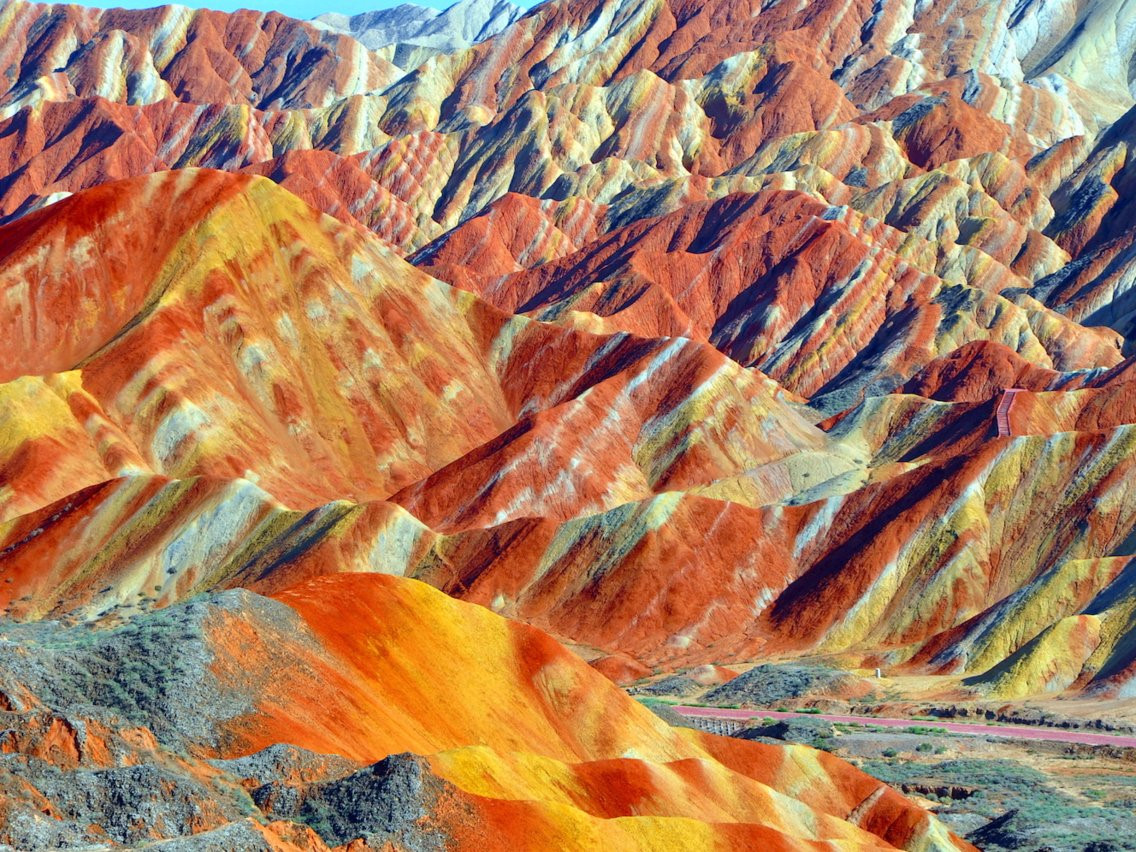Hulunbuir Grassland, Inner Mongolia
Many people don’t even know that Inner Mongolia is part of China, and even fewer have been there. Those who have been to Inner Mongolia usually only visit famous places like the capital Hohhot or the Gobi Desert. However, if you want to experience Mongolian life, try going to Hulunbuir Grassland.
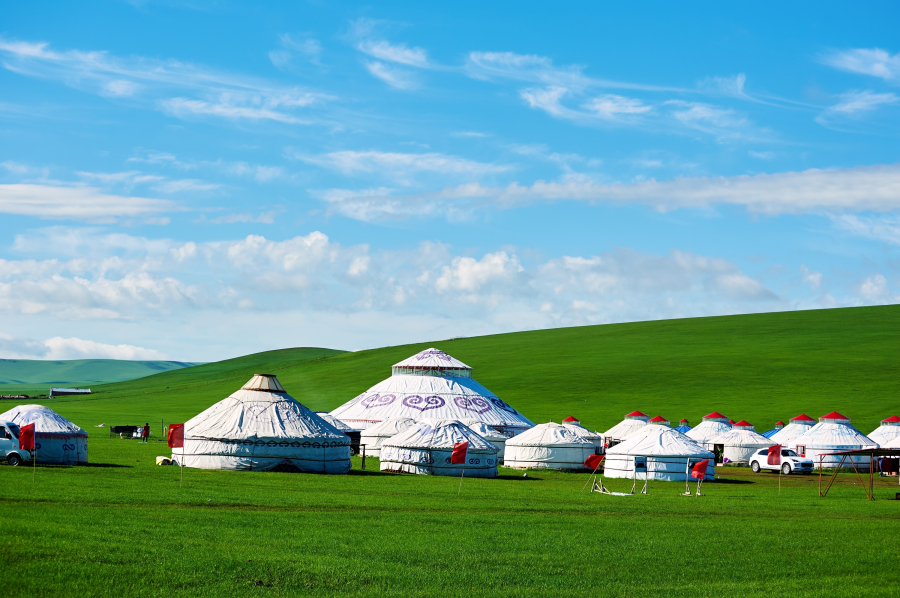
There are no roads in Hulunbuir grassland. To explore this place, you need to book a group tour from the small city of Hailar. From there, off-road vehicles will take you to the Hulunbuir grassland - a place that will leave you in awe.
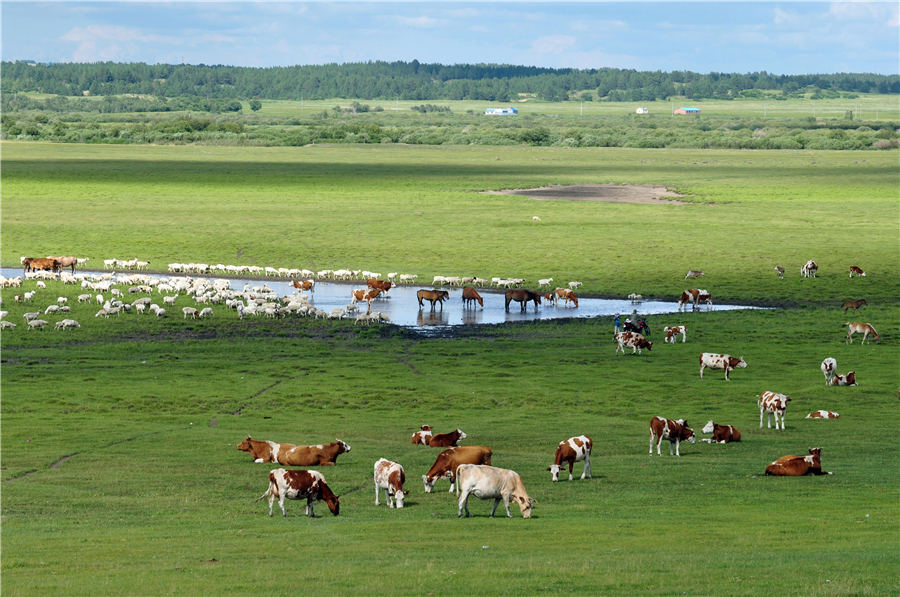
With grasslands that stretch to the horizon, birch forests, windswept rivers and wild hordes of ranger groups roaming everywhere, Hulunbuir has everything you think China can't have.
Dunhuang, Gansu
With just 200,000 residents, Dunhuang is much smaller than other cities in the world. However, the city is located on the famous Silk Road and is home to two of Gansu Province's most famous tourist attractions: Yue'equan and the Mogao Caves.
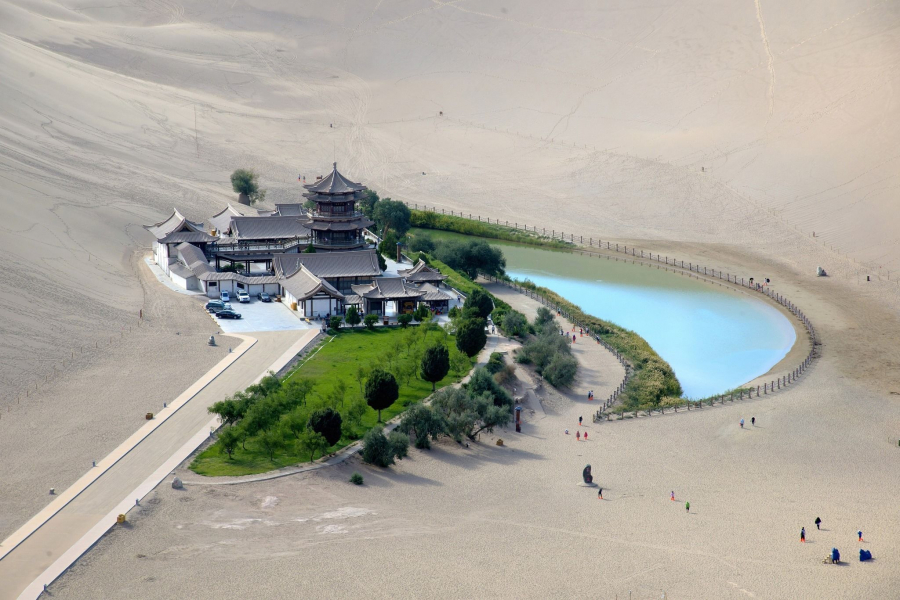
Nguyet Nga Tuyen is a crescent-shaped freshwater lake that has existed for more than 2,000 years. Located next to the lake is an ancient temple and many souvenir shops. This place is often visited by tourists by riding camels across the desert dunes.
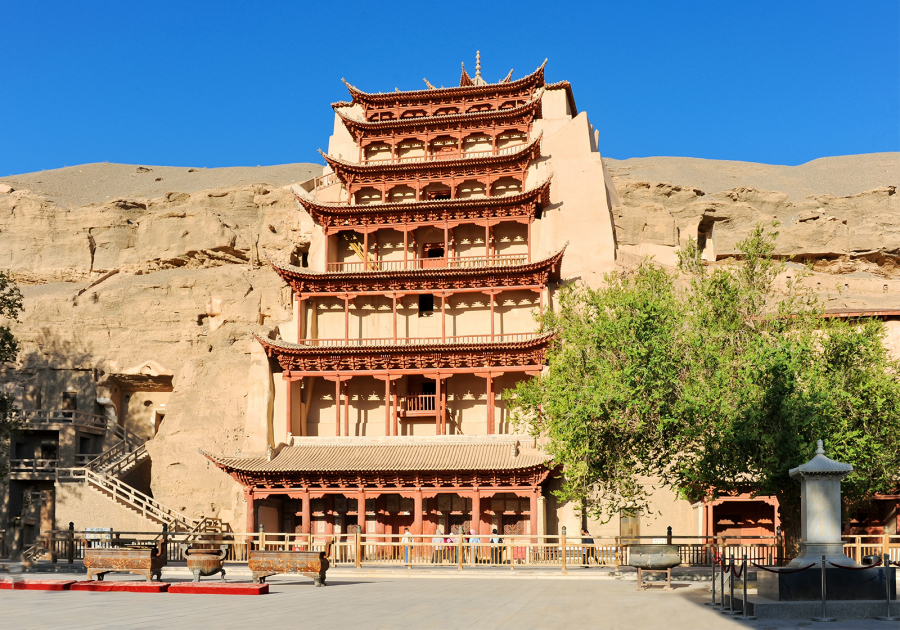
The Mogao Caves, also known as the Thousand Buddha Caves or Dunhuang Grottoes, are a system of 492 temples. They are famous for their important Christian artifacts and Buddhist art.
Fujian Tulou, Fujian
Fujian Tulou are buildings with a distinctive architectural style in Fujian province. These doughnut-shaped houses originated from the Hakka people. Each house consists of an outer circle surrounding an inner shrine.
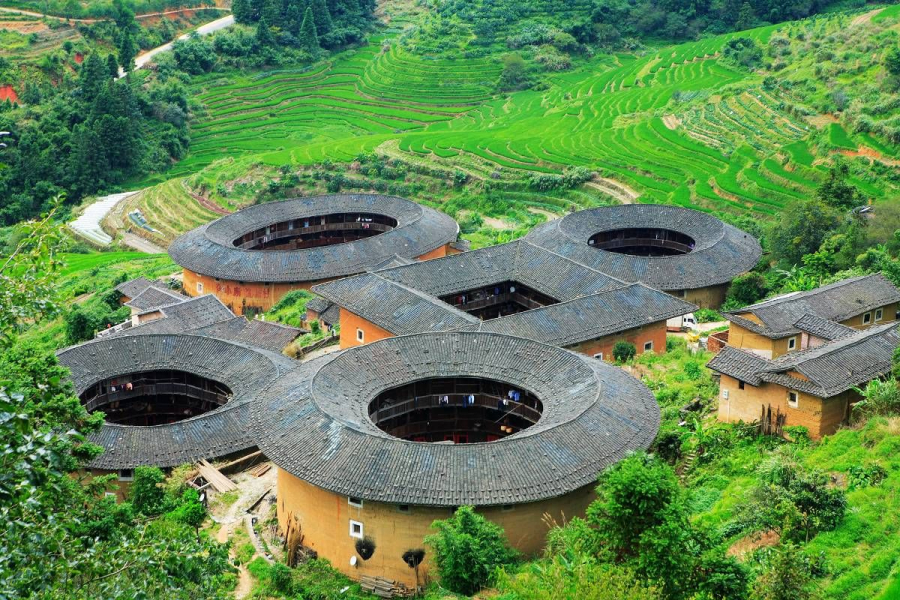
Fujian Tulou, with its large scale and exquisite structure, is a famous tourist destination in the region but not yet popular with international visitors. Today, there are only more than 20,000 tulou left in southern Fujian, some of which have been recognized by UNESCO as world cultural heritage.
Tianchi Lake, Jilin
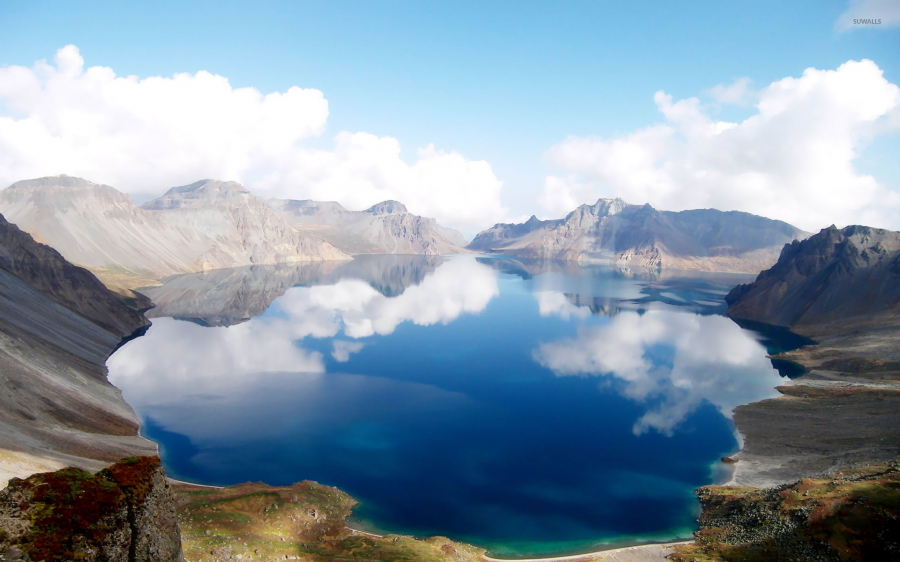
Tianchi Lake is located in the heart of the Changbai Mountains - the land border between China and North Korea. This is a lake formed in the crater of Mount Paektu. North Koreans say that Kim Jong-il was born on a mountain near the lake. In 2007, people also filmed a Loch Ness-like monster in Tianchi Lake.
Huashan, Shaanxi
Instead of leaving Shaanxi province after visiting Xi’an, head to nearby Mount Hua for some of the most challenging mountain climbing. Mount Hua will get you on the edge of the mountain, offer some of the best views in the area, and give you a great story to tell back home.
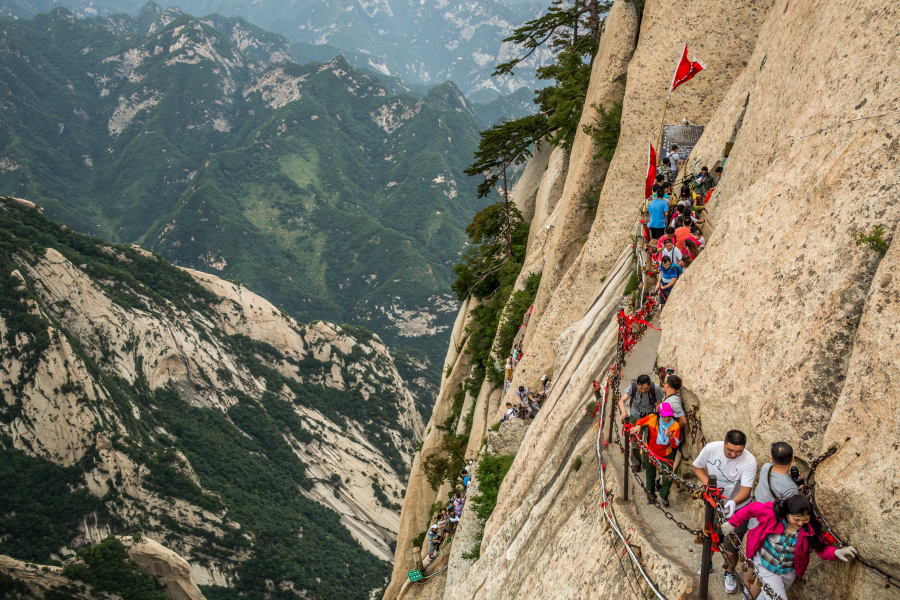
Climbing Mount Huashan is listed as one of the most dangerous climbs in the world, so take the cable car if you are not a professional climber.
Volga Manor, Heilongjiang
Tourists often visit China's Heilongjiang province in winter, when it's at its most beautiful. But with all the attention focused on the Harbin Ice and Snow Festival, the nearby Volga Manor is virtually empty.

This manor is a Russian-style forest. Most of the buildings here are replicas of real Russian buildings destroyed during the Cultural Revolution. Besides, there is also a Russian restaurant, a church and a frozen lake with winter sports.
Lexiaguo Rice Terraces, Yunnan
Many people think that the photo of the Lexiaguo rice terraces near the capital of Kunming in Yunnan province is a product of Photoshop because of its varied colors. The color of each field is different because people are free to grow whatever vegetables they want on the poor soil.

Although it is a remote mountainous area with poor infrastructure and is not even on the Chinese tourist map, the wild and rich beauty of this place makes it a must-see for photography and nature lovers. Come here in November - when the contrasting colors are at their strongest - to fully enjoy the scenery of Lexiaguo.
Shanhai Pass, Hebei
Beijing is not the only place to see the Great Wall. At Shanhaiguan in Hebei province, you can see the Great Wall from a completely different perspective because it is adjacent to the sea and is less crowded than Beijing.
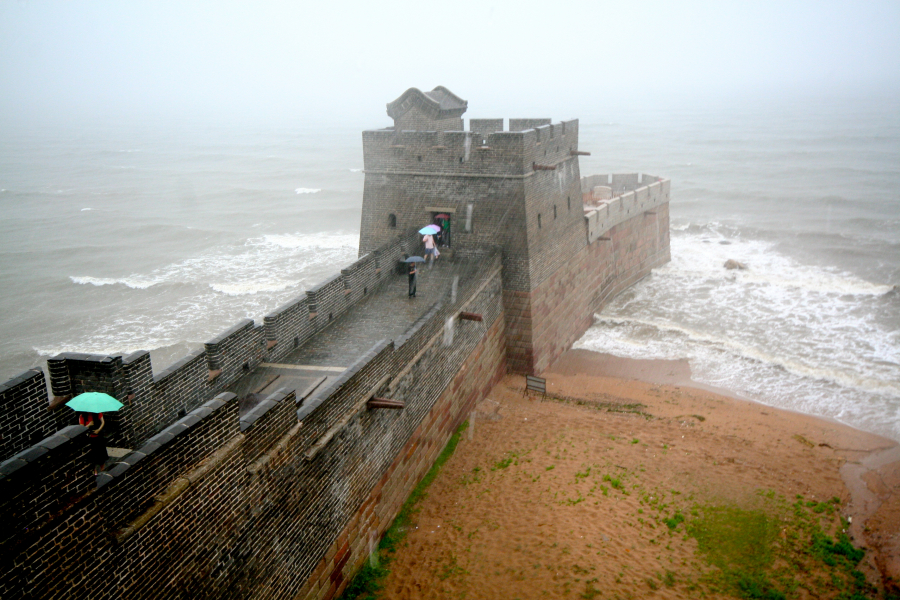
This is also where the Manchu forces invaded China and established the Qing Dynasty - the last dynasty in Chinese feudal history.
Zhangye National Geological Park, Gansu
Zhangye National Geological Park is one of the few places in the world where you can see a unique geological phenomenon: the rainbow mountains.
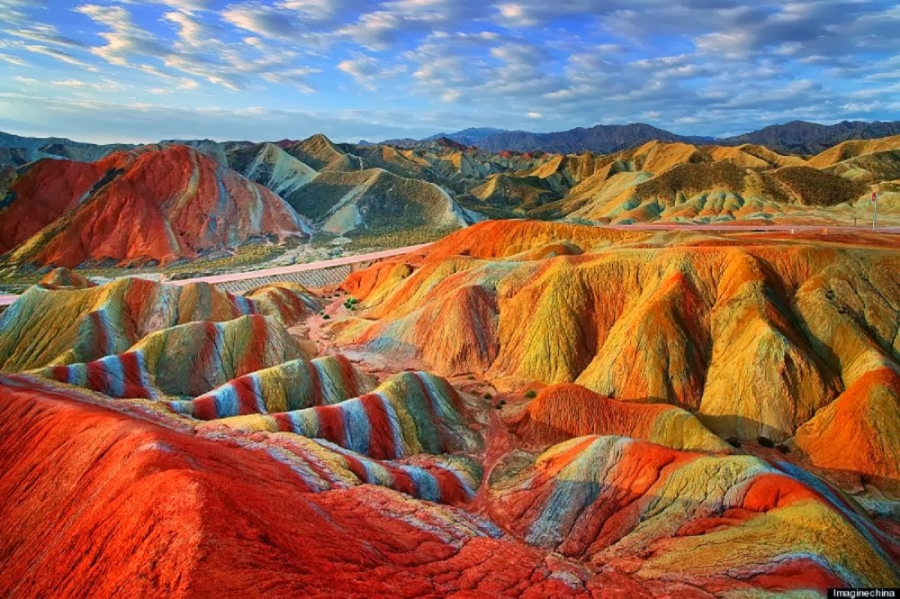
Each mountain here has different colors, from bright red to chestnut, lemon, yellow, orange to sea blue, alternating with each other. These layers of color are the result of geological formation of layers of red sandstone and many other minerals, over time, rain, wind, erosion, oxidation to create different color patches like rainbows on the overlapping mountain ranges.





